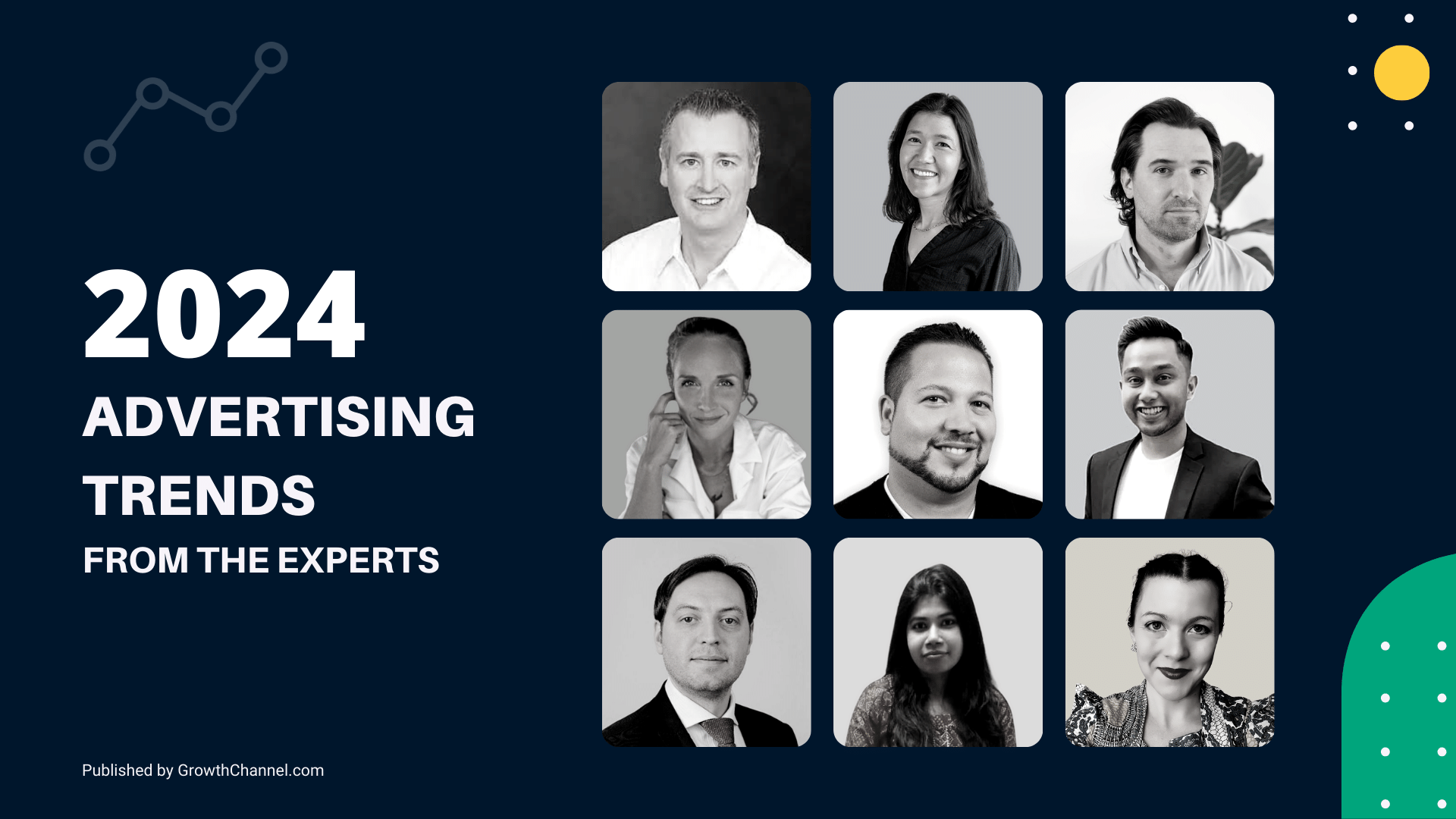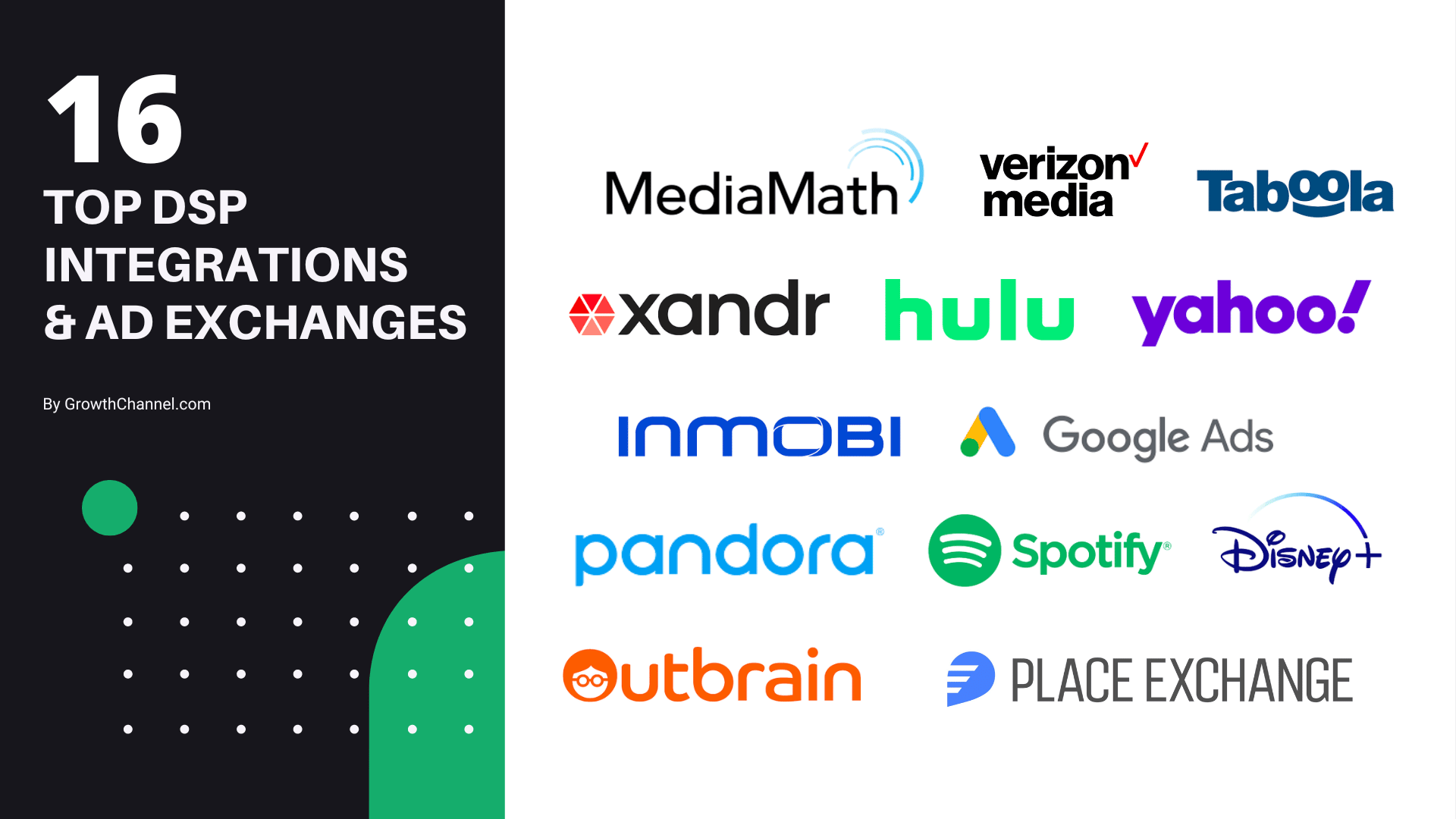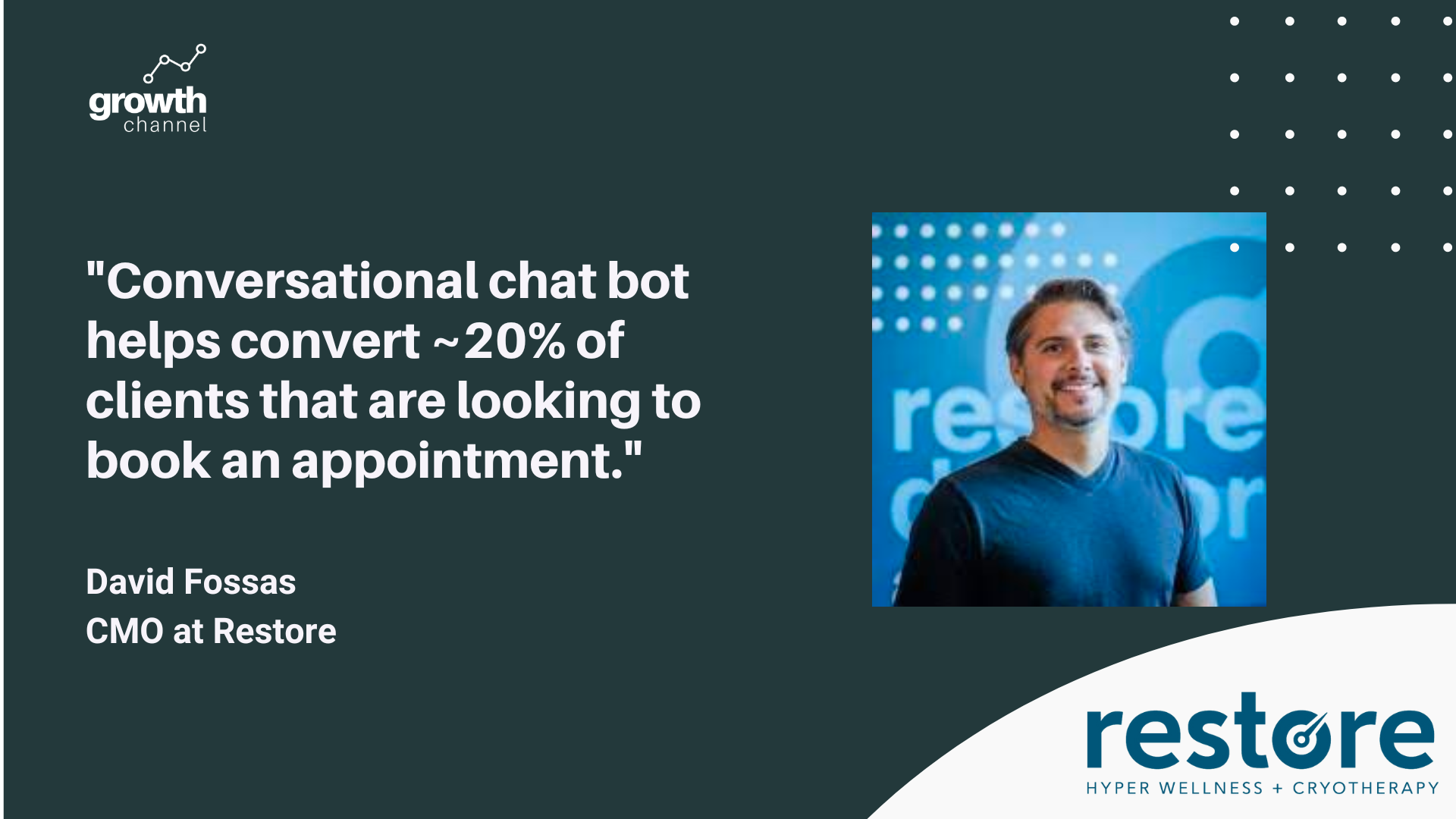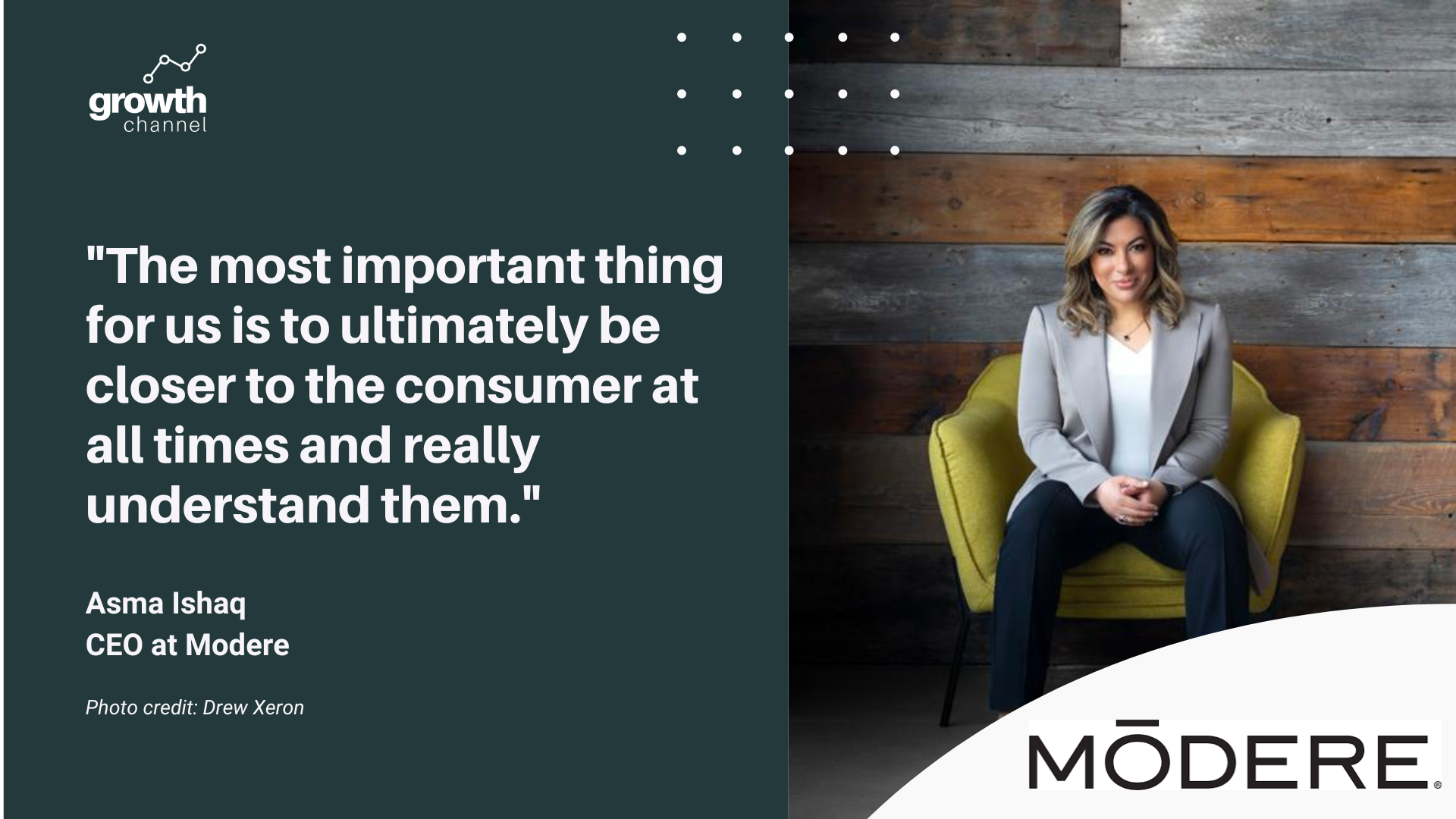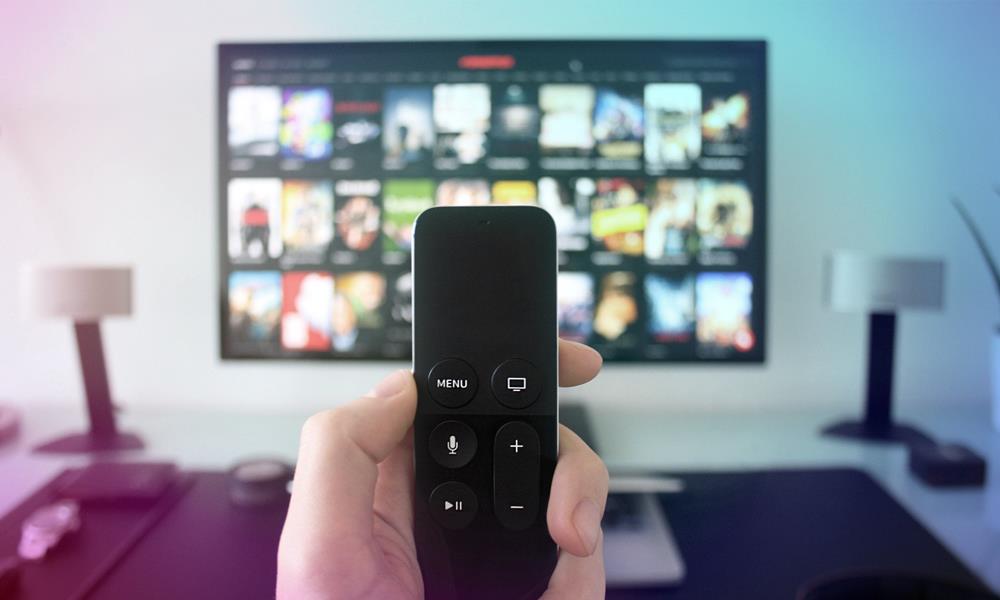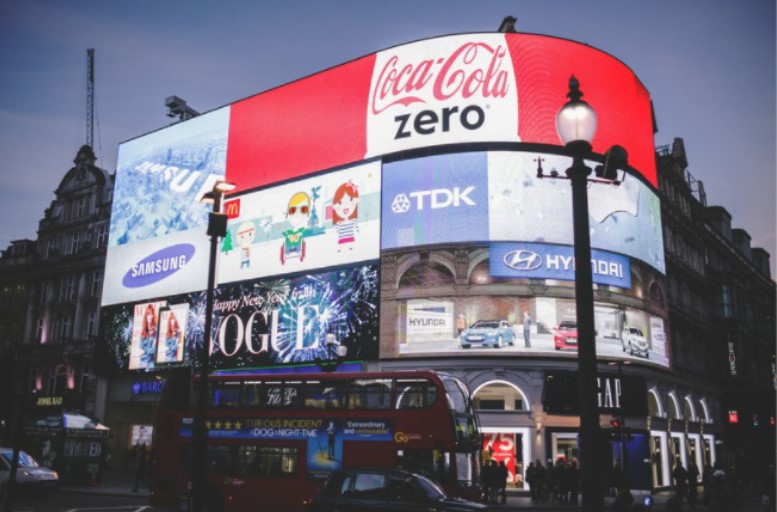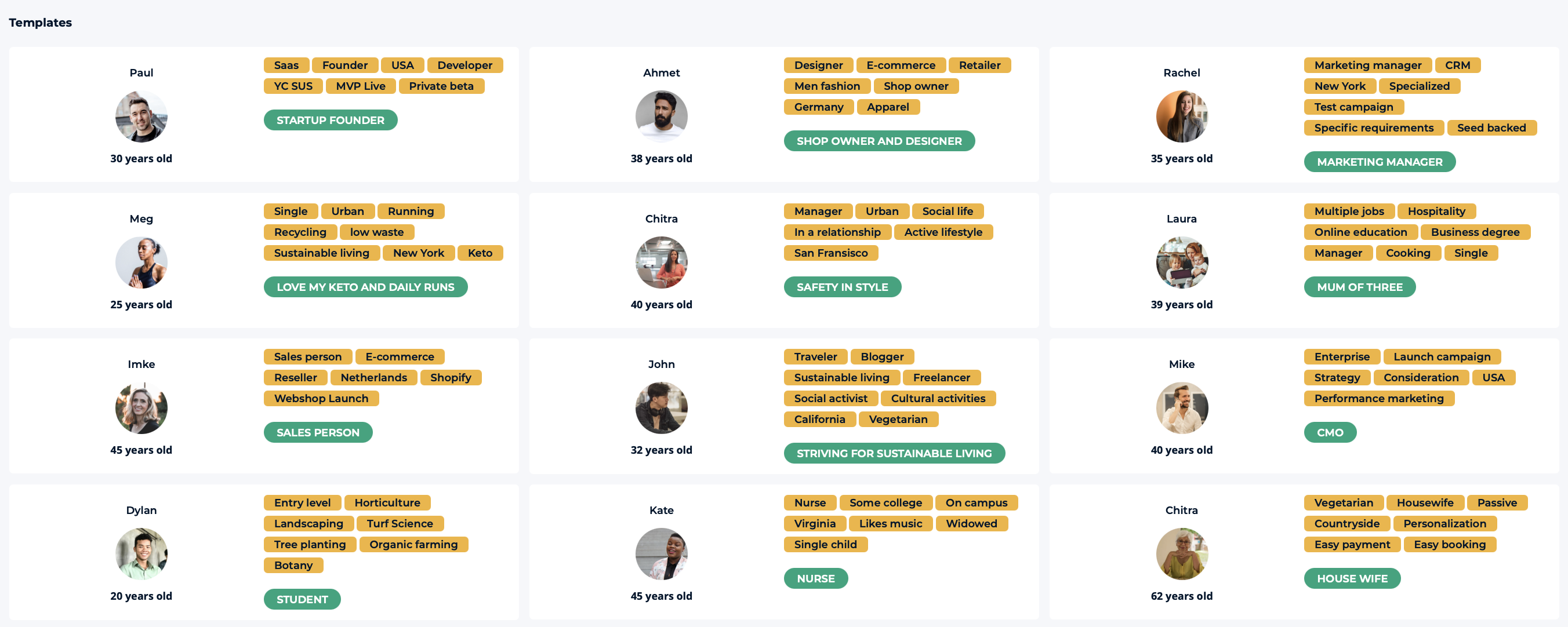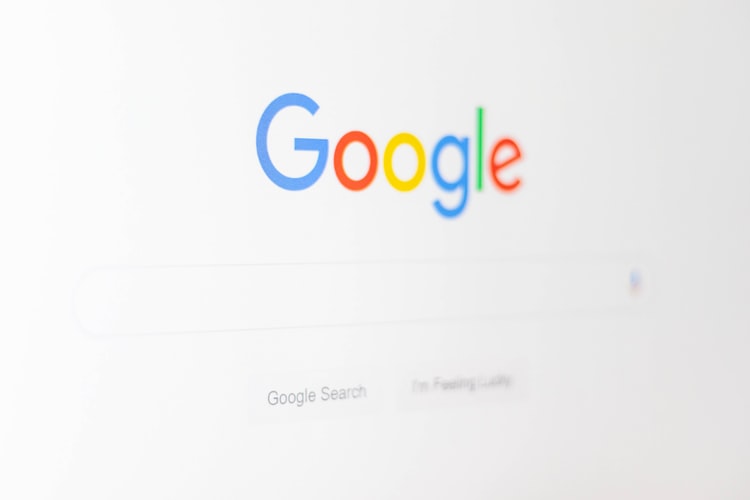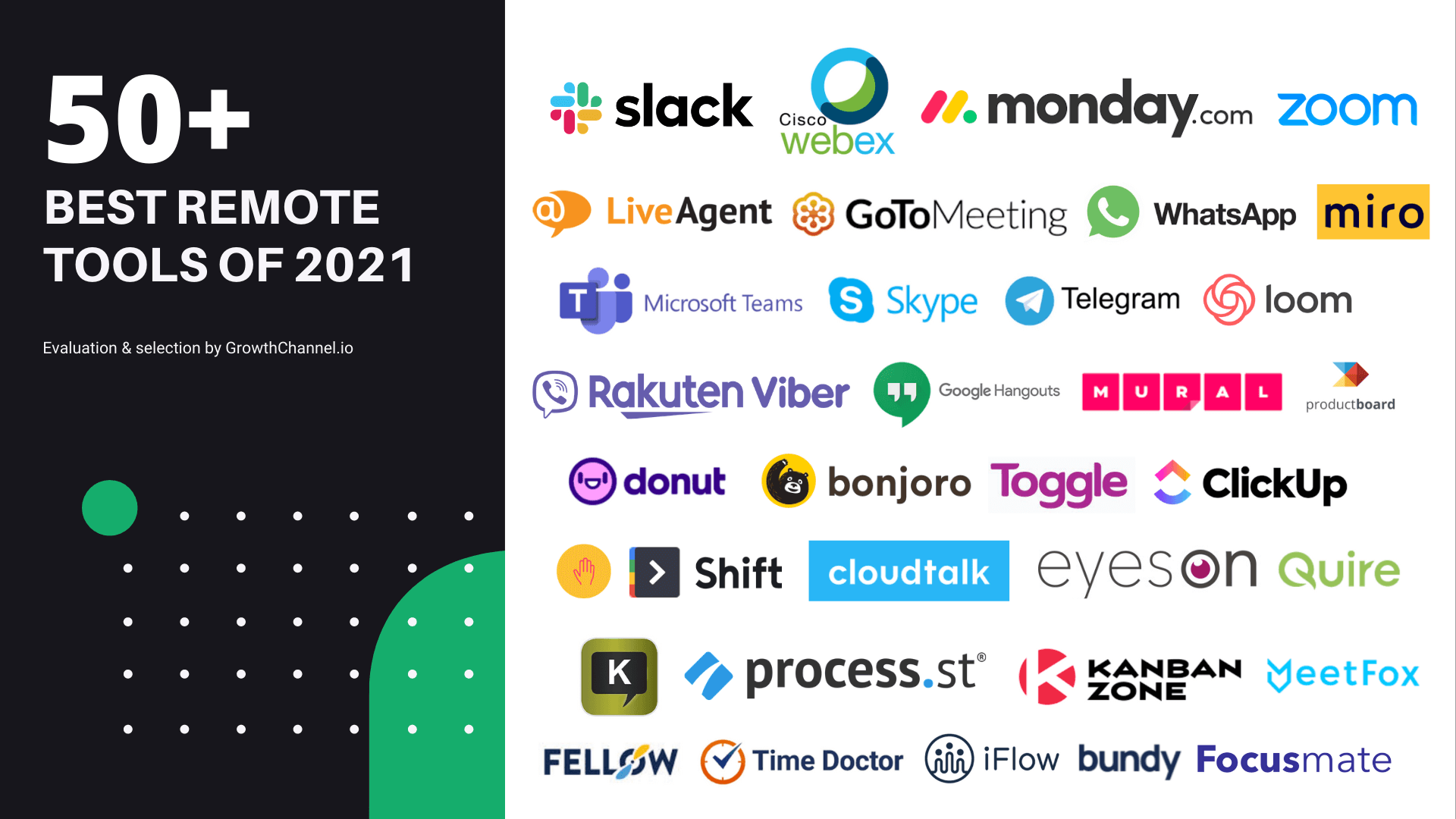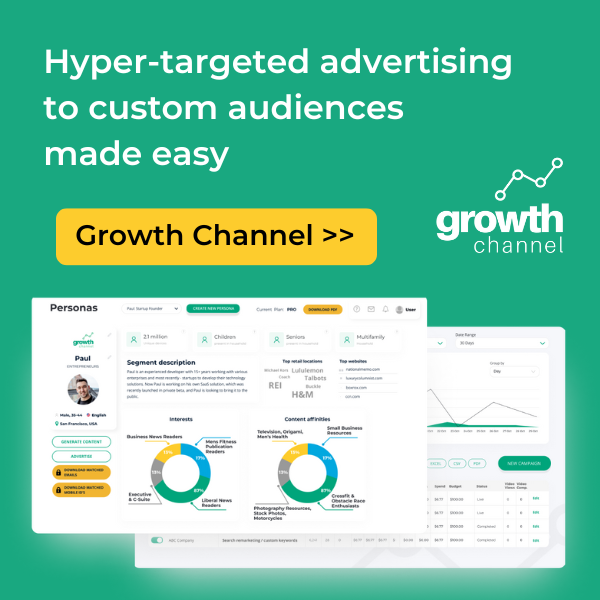As we head into 2023, programmatic advertising is continuing to evolve and grow in popularity as a means of reaching target audiences more effectively and efficiently. According to recent data, programmatic advertising is projected to account for over 80% of all digital ad spend by the end of 2022, with a significant portion of that going towards mobile and video advertising. This trend is driven by the increasing use of smartphones and the shift towards streaming video content , as well as the shift towards mobile-first users, particularly in developing markets. Consumers are spending an ever-increasing amount of time on their mobile devices and this trend is only set to continue, this has led to an increased demand for mobile advertising space.
Programmatic display is expected to reach a global market size of $103.5 billion by 2022. Brands should consider taking advantage of this trend and include programmatic advertising in their marketing mix to reach their target audiences more effectively and efficiently.
Here are some of the key trends for 2023:
1. Increasing adoption of in-housing programmatic
More brands and companies are expected to bring programmatic advertising in-house, in order to have greater control over their ad campaigns, data and costs. With the increasing amount of data available to advertisers, brands are able to gain a deeper understanding of their target audiences and deliver more personalized and relevant ads.
Source: AdExchanger
If you’re considering to bring your programmatic advertising activities in-house, the following marketing roles can be relevant for the full coherence:
- Media Planner / Buyer
- Advertising Operations Manager
- Digital Analyst
Not just the team, technology is an important part of inhousing programmatic and you will need to make the right choice for your strategic technology partner, being it an SSP or a DSP. Learn more about programmatic buying ecosystem.
2. Continued focus on data privacy and transparency
Privacy concerns are still looming, as regulators are tightening their grip on data protection and user privacy. This is expected to further enhance the importance of obtaining user consent, and also increase the use of anonymized and hashed data.
Overall, the state of programmatic advertising continues to be exciting and full of potential. With the increasing adoption of new technologies and the focus on data-driven and privacy-compliant advertising, brands will be able to reach their target audiences in more effective and efficient ways than ever before.
As regulations such as GDPR and CCPA become more stringent, and the industry shift to a more privacy-compliant advertising ecosystem, advertisers and programmatic platforms will need to focus on data transparency and user consent management.
Source: Insider Intelligence
3. Greater use of AI and Machine Learning (ML) technologies
The use of Artificial Intelligence and Machine Learning (AI/ML) in programmatic advertising is gaining traction, allowing for more advanced targeting, optimization and prediction capabilities. For example, AI algorithms are being used to automate and optimize the buying process, enabling brands to reach the right people at the right time with the right message.
As the use of AI and ML continues to grow, we can expect to see more programmatic advertising platforms utilizing these technologies to optimize ad targeting, creative and budget allocation in real-time. Learn how Overstock Creates Individual Experiences For Each Customer Using AI.
Source: Marketing Charts
4. Growth in audio and video programmatic
The demand for audio and video programmatic advertising will grow as the use of streaming services such as Spotify and YouTube continue to increase. Programmatic audio advertising is expected to reach $1 billion in the US by 2022. This trend is driven by the growing popularity of streaming music services and the increasing number of people listening to podcasts.
Source: Marketing Charts
Some of the types of audio advertising include podcast ads, ad sequencing, skippable ads, and voice-activated ads. By using data on listener demographics, location, and music preferences, programmatic audio advertising can deliver ads to the right people at the right time. Additionally, programmatic audio advertising allows advertisers to reach listeners across different platforms and devices, such as smartphones, smart speakers, and connected cars.
5. Adoption of PMPs
One major development in the programmatic advertising space is the increased adoption of Private Marketplaces (PMPs) and Programmatic Guaranteed deals. These deals allow brands to strike direct deals with publishers, which allows them to secure premium inventory at fixed prices while still benefitting from programmatic targeting capabilities.
Source: DoubleVerify
PMPs are private, invitation-only programmatic advertising marketplaces where brands can purchase ad inventory from selected publishers at pre-negotiated fixed prices. PMPs offer brands and publishers the ability to transact programmatically in a more controlled, transparent and brand-safe environment. PMPs also allow brands to buy inventory in a more premium and exclusive way, providing them access to more premium ad placements and a greater level of inventory transparency.
On the other hand, Programmatic Guaranteed deals are similar to PMP deals, but these deals tend to take place between a brand and a publisher. With programmatic guaranteed, a brand and publisher can agree on a guaranteed amount of impressions, at a guaranteed CPM, over a set period of time. This allows brands to have more control over their ad spend and provides more certainty that their ad will be seen by a specific audience.
Both of these trends provide brands with more control over their programmatic advertising campaigns and allow them to reach their target audiences in a more effective and efficient way. PMPs and Programmatic guaranteed are seen as ways to address some of the issues in the programmatic advertising space, such as transparency and fraud.
PMPs and programmatic guaranteed deals allow brands to transact programmatically with more control, transparency, and predictability.
6. Greater adoption of Connected TV (CTV) programmatic
As CTV usage continues to grow, brands will increasingly adopt programmatic buying for this channel as a way to reach viewers on a one-to-one basis in a brand safe and fraud-free environment.
With the growing popularity of streaming services and the increasing number of viewers cutting the cord, the demand for CTV advertising is rapidly increasing.
One of the main advantages of CTV programmatic is that it allows advertisers to reach a large and engaged audience in a brand-safe environment, as well as providing them with the ability to target and personalize their ads in a way that is similar to traditional TV advertising. Additionally, CTV programmatic advertising enables advertisers to reach their target audiences on a one-to-one basis, providing them with more granular targeting and measurement capabilities.
To take advantage of the opportunities that CTV programmatic advertising offers, brands and advertisers need to ensure that they are using the right technology and platforms. This may include working with CTV programmatic platforms, CTV-specific data providers, and working with their existing programmatic partners who have CTV offerings, such as Growth Channel DSP.
As more and more people turn to streaming services and connected TVs as their primary means of watching television, the adoption of CTV programmatic advertising is expected to grow rapidly in the coming years. Brands and advertisers who incorporate CTV programmatic into their marketing mix will be well-positioned to reach their target audiences in a more effective and efficient way.
Recommendations for 2023
As programmatic advertising continues to evolve and grow in popularity, here are some recommendations for advertisers in 2023:
- In-housing programmatic: Consider bringing programmatic advertising in-house to have greater control over your ad campaigns, data, and costs. This will allow you to have better transparency, better control over data and also to ensure compliance with the regulations.
- Focus on data privacy and transparency: With increasing regulations such as GDPR and CCPA, make sure to obtain user consent and focus on data transparency. This will help to mitigate privacy concerns and build trust with your audience.
- Utilize AI and Machine Learning technologies: Incorporate AI and ML technologies into your programmatic advertising strategy to optimize ad targeting, creative, and budget allocation in real-time, and also to ensure compliance with regulations.
- Prioritize Audio and Video programmatic: As the use of streaming services such as Spotify and YouTube continues to grow, brands should consider allocating more of their budget towards audio and video programmatic advertising.
- Invest in Connected TV (CTV) programmatic: As CTV usage continues to grow, brands should invest in programmatic buying for this channel to reach viewers on a one-to-one basis in a brand safe and fraud-free environment.
- Be prepared for the new technologies: New technologies such as 5G, VR/AR and IoT are going to change the way we consume and interact with the digital media. Be prepared for these changes and explore how they can be integrated into your programmatic advertising strategy.
All in all, programmatic advertising will continue to evolve and grow in 2023, providing brands with new opportunities to reach target audiences in a more effective and efficient way, while taking data privacy and transparency into account.
It is also important to stay informed about industry trends and updates and to keep refining and optimizing your programmatic advertising strategy.


